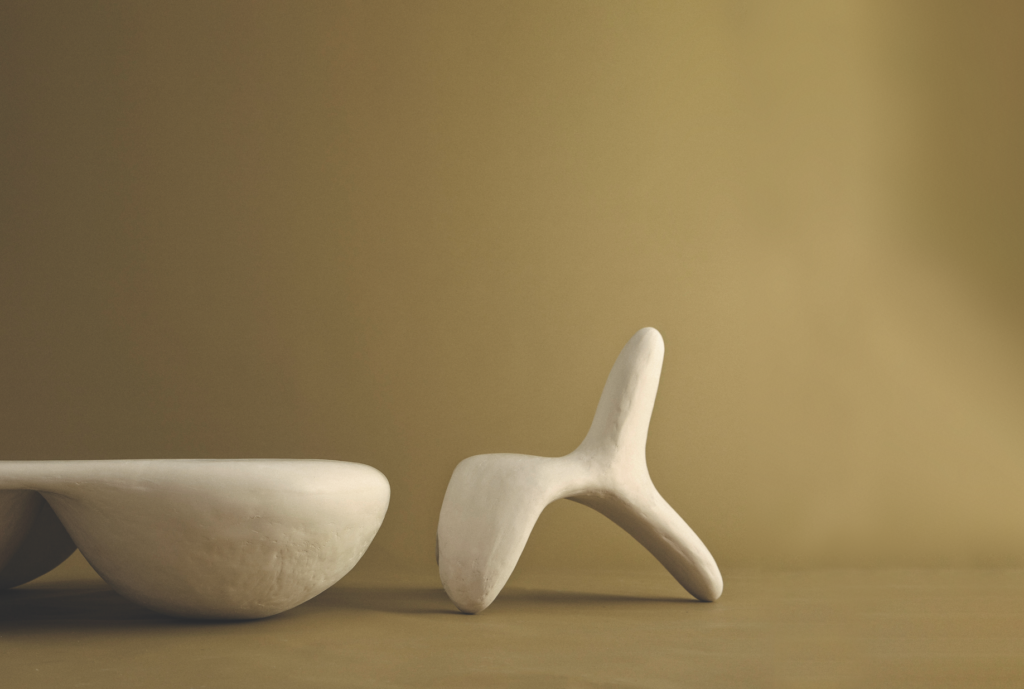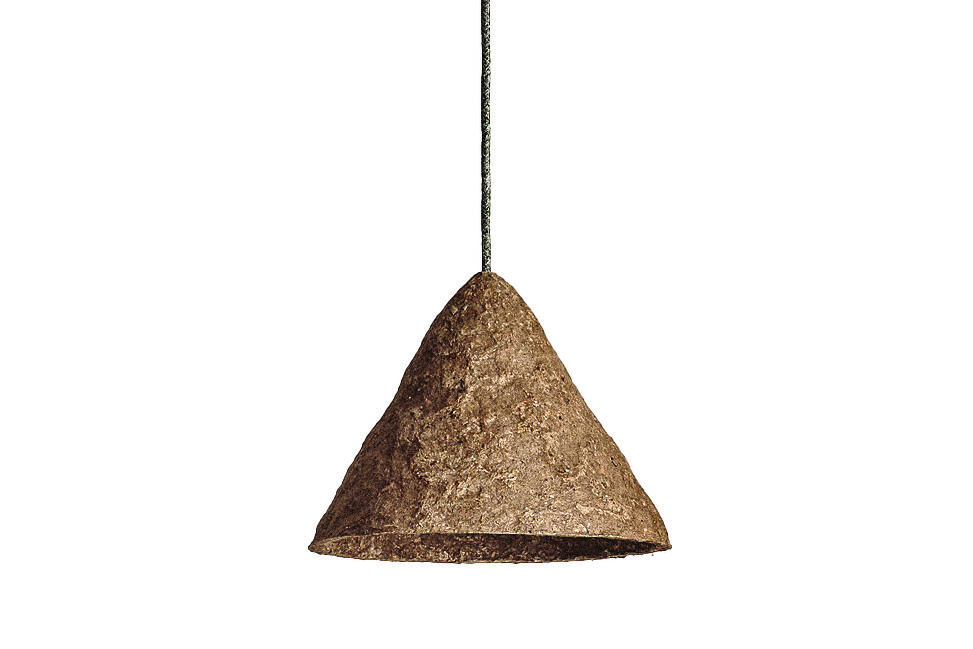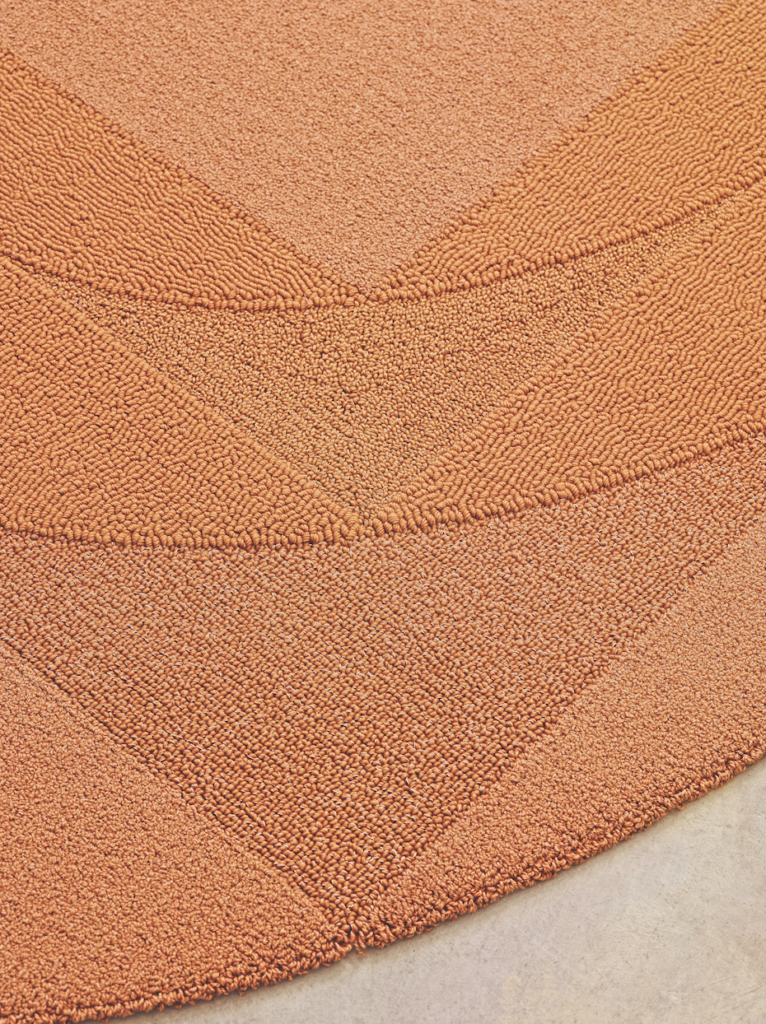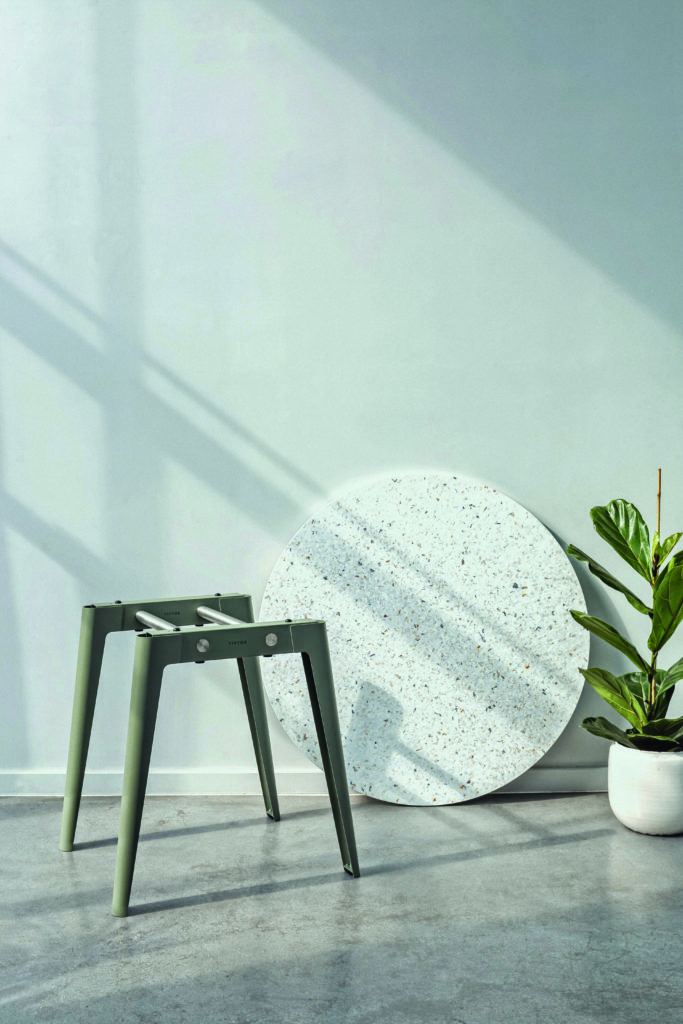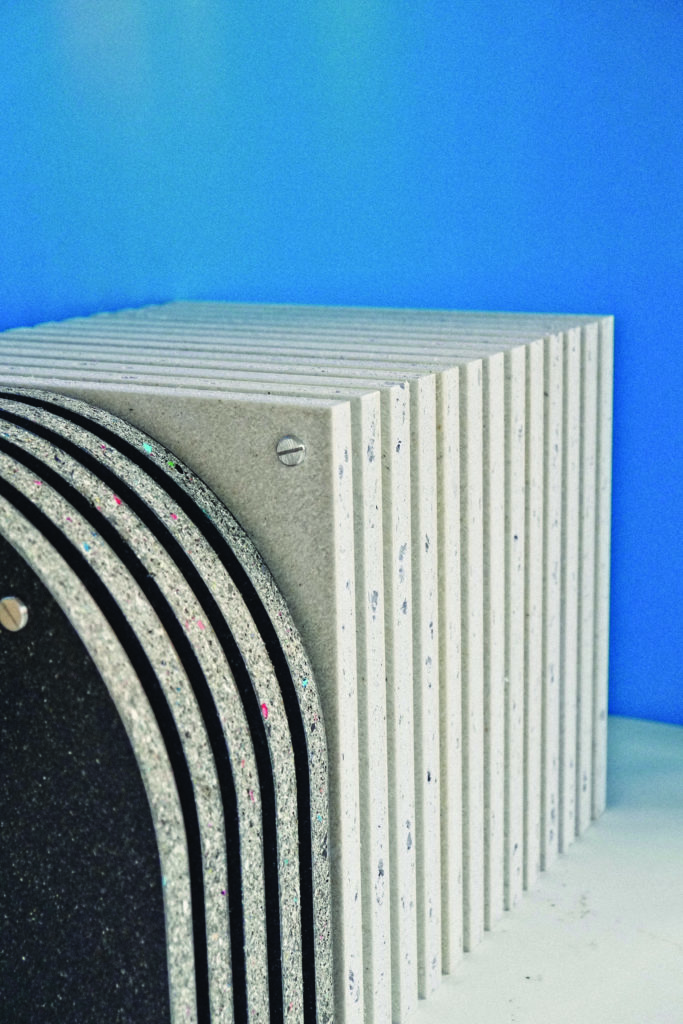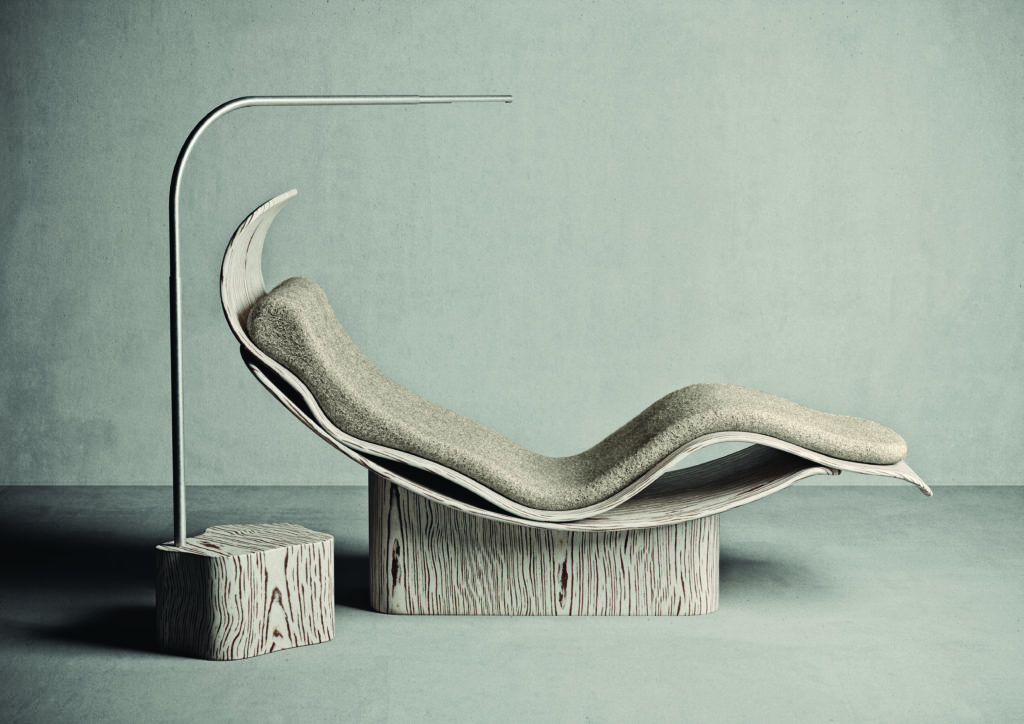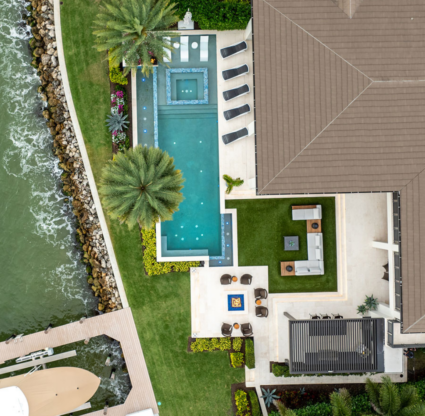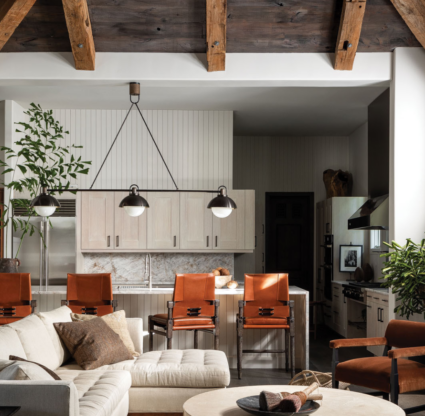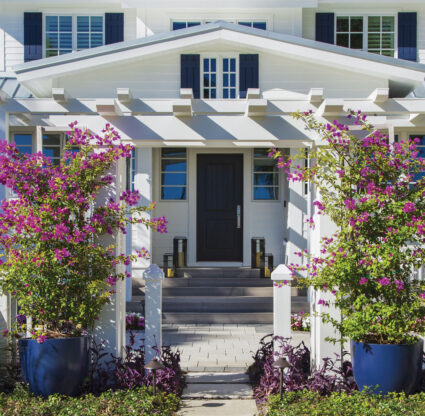Perhaps nowhere is the need for sustainable practices more evident than by the sea, where evidence of nature’s fragility is everpresent. Fortunately, eco-design has come a long way from the days of yore—whether it’s with material innovation, clever concepts or more polished looks—allowing ample opportunities to outfit your spaces in organic style. Here, we present nine exemplary designs.
Studio ThusThat uncovers the sustainable potential of unlikely materials. With the This is Copper series, they flip the script on metal mining using slag (copper waste) as an alternative to cement.
1. Pieces, like the TC Coffee Table 1, retain the rugged qualities of the industry with their rocky texture and form.
2. When one thinks of furnishings fashioned from objects found in the ocean, plastic waste, capiz shells, and sea glass come to mind. Experimental design studio Tŷ Syml combines seaweed with recycled paper waste to create a durable bio-material—like cork in texture but with faint smells of the sea—that is molded into the Algâu pendant.
3. New York designer Mike Ruiz Serra combines paper pulp and gypsum for his monolithic Collection 1 furnishings, done over inflatable molds and finished with soap wax—no toxic materials in sight.
Sustainability encompasses more than recycled materials. It also involves responsible practices, which luxury rug maker Merida excels at. Its wool and linen yarns are rapidly renewable and durable, reducing the carbon footprint from synthetic-fiber rug production and increasing the product’s longevity.
1. The latest collection, Atelier 2021, takes inspiration from artists and creatives, as seen in the Ray rug, which alludes to Man Ray’s surrealist motifs.
2. A relatively young French brand, TIPTOE brings a fun DIY vibe to the sustainable furnishings market with its latest series aptly called the New Modern table line. Equal parts Scandi minimalism and industrial in appearance, the collection comprises vibrantly colored trestle-style steel legs to mix and match with eco-certified oak tops or, taking things up a notch, a new material that reads like terrazzo but is made from recycled yogurt cups. The tables—which come with parts in different shapes and sizes to create the perfect pared-down bespoke desk or dining, coffee, side or high table—are flat-packed for shipping but easy to assemble (another eco characteristic).
3. German design company HEY-SIGN uses felt—one of the oldest sustainable materials still in use—to create ecologically responsible furnishings and home accessories, from room dividers to placemats. Among them, the Enya vase is a study in geometry: A flat piece of felt is partially cut into strips, folded over vertically, and joined end-to-end into a circle. The result is an eye-catching form that also cleverly resembles a flower bulb while concealing a glass vessel at its center.
Taking recycling to another level, the female design duo behind &New created the Jää line of benches and cubes using recycled post-consumer plastic (a.k.a. waste that’s been diverted from landfills), aside from the small steel parts that hold this flexible-design together. The frame is made of polyethylene (PE) and polypropylene (PP) plastic and is recyclable, reflecting the growing circular economy movement. You get it, recycle the cardboard packaging, assemble, enjoy for years, and then when it’s lived a full life, disassemble, toss the plastic into recycling and keep the steel parts for reuse.
On his drive into Lisbon, French designer Noé Duchaufour-Lawrance took in the sights—not of the scenic coastlines and castles, but of remnants of the country’s all-too-familiar forest fires. The charred timber occupied his thoughts when establishing his studio—Made in Situ—there, but so did the resilience of Portugal and its supremacy as a harvester of natural cork trees. Like a phoenix from the ashes, his limited-edition Burnt Cork series of tables and chairs sprung from these contemplations. Each sculptural piece alludes to the dichotomy he witnessed upon arriving in Lisbon, with noticeably rough cork pieces forming structural bases and smooth, finer cork shaping the fluid tabletops and seats.
Designs that embody environmental fervor are rarely seen as handsome, but prolific London-based designer Ross Lovegrove has a knack for turning the ordinary into extraordinary works of art. His Ergo chaise lounge, for one, can pass for an organic abstract wooden sculpture. Designed for the 60th anniversary of furniture maker Natuzzi Italia, its undulating, spine-supporting seat-and-back shell rests atop a rounded-corner base. Both elements sport an exaggerated, almost faux bois–style wood grain. FSC-certified wood and natural wax–finished veneer make up the frame, while the seat padding is natural latex upholstered in a blend of wool, cotton and linen.

